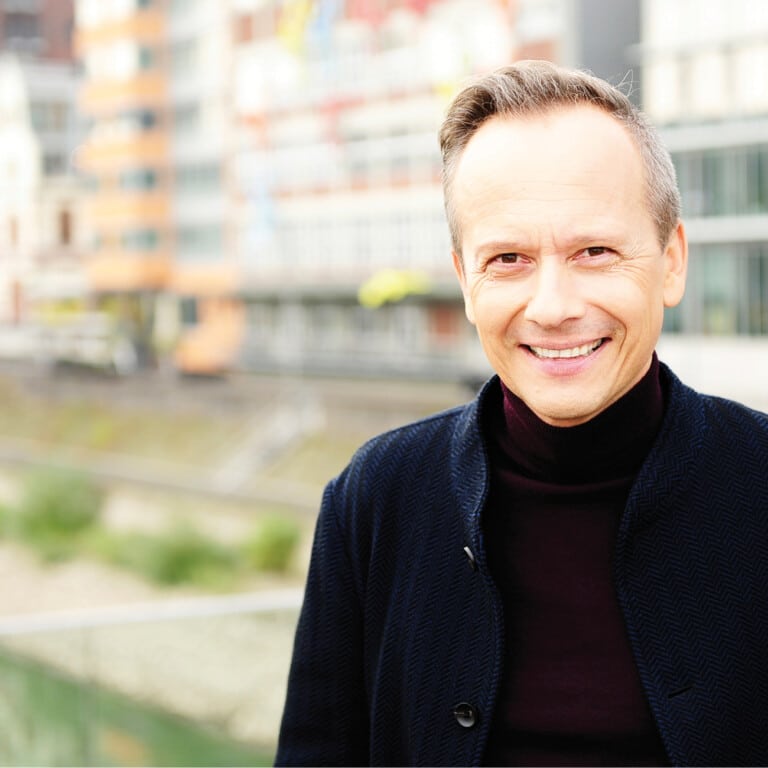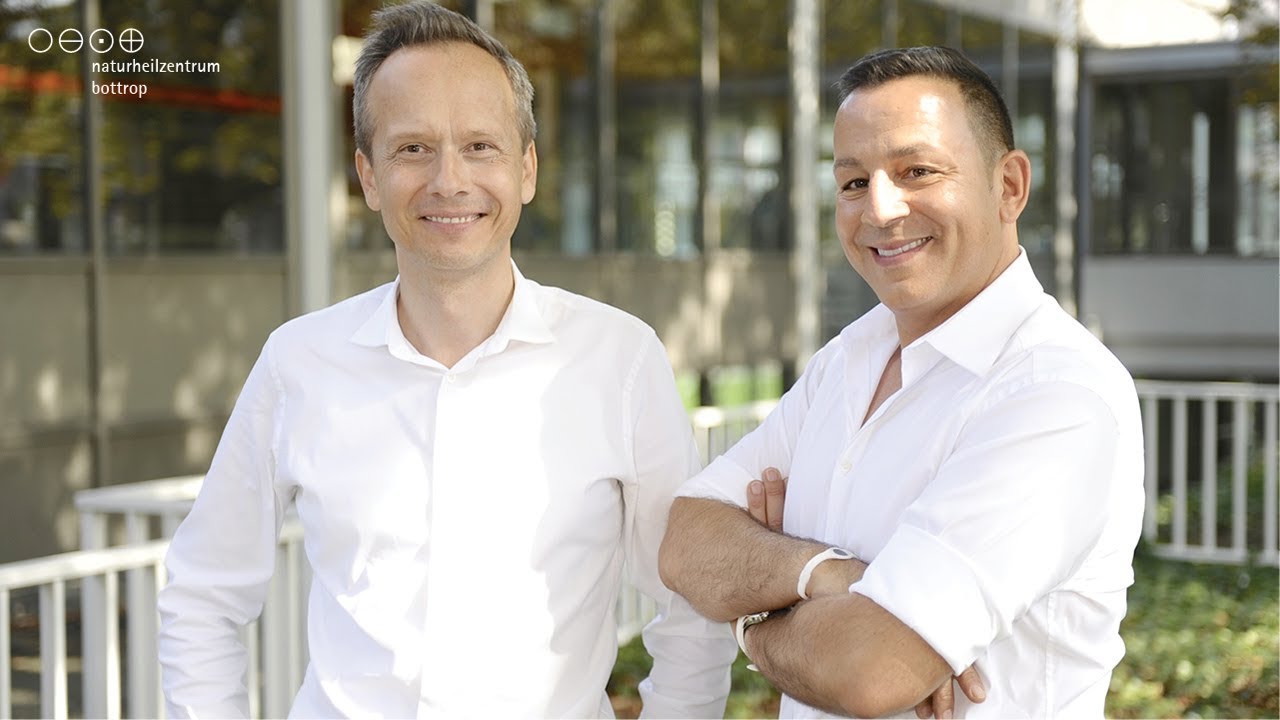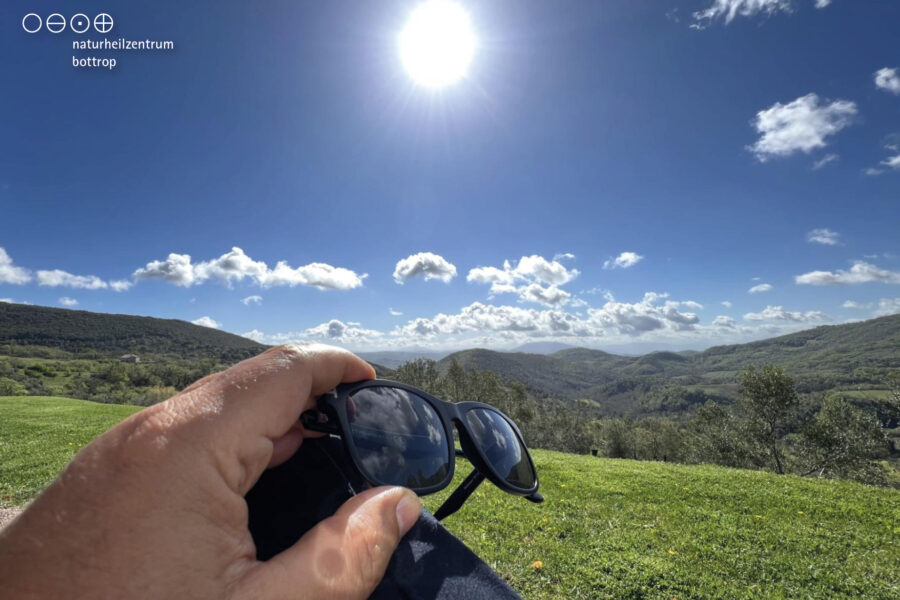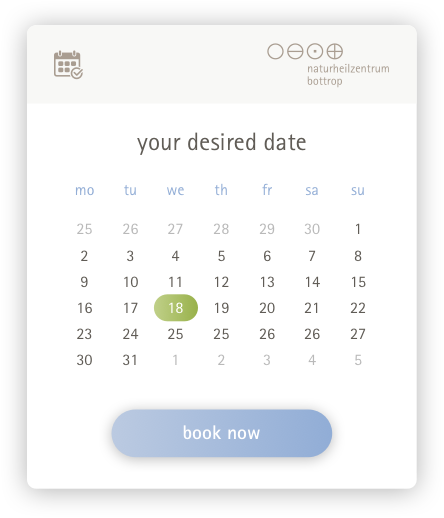Living with a disabled child – both a task and an opportunity for the affected family
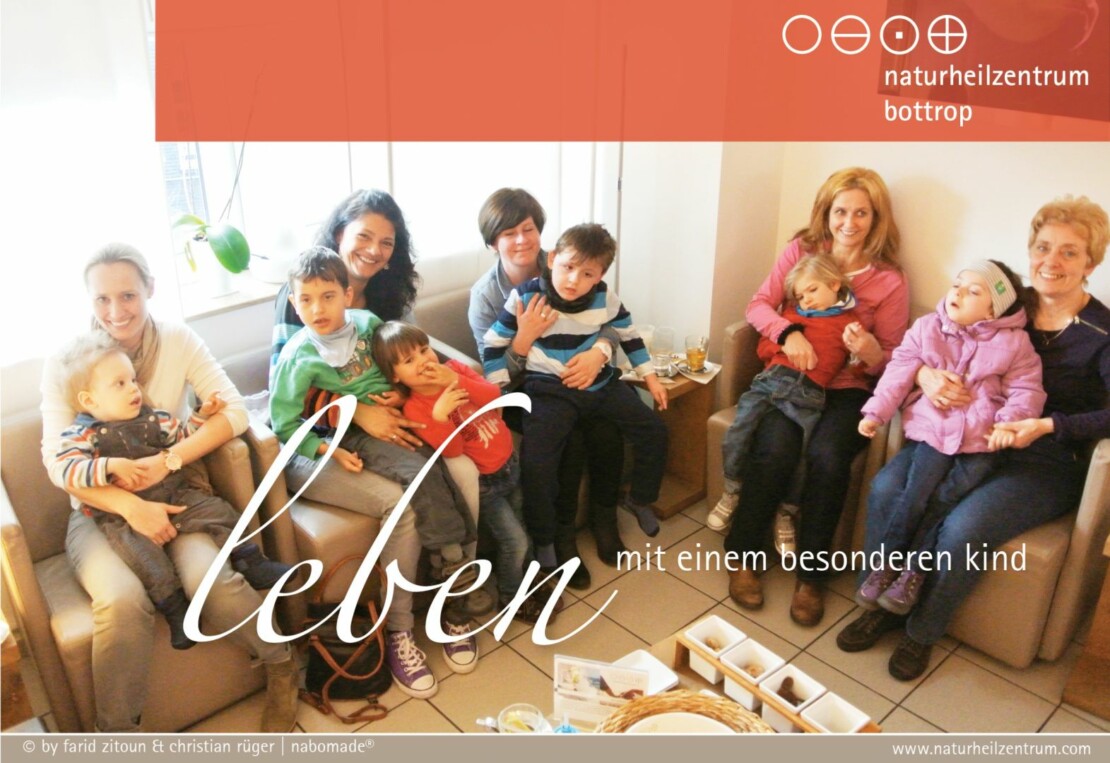
nabo News topic: What life with a disabled child looks like, what changes take place, and how it affects the family
Sandra Roth is a journalist, just like her husband. The 39-year-old loves her job. She successfully juggles family and work. Her son, Ben will already be at kindergarten, when her little daughter Lotta makes her appearance. The idyll seems perfect. That is until a routine examination, where Sandra Roth and her husband discover that something isn’t right with their daughter. According to the doctors’ diagnosis, the unborn baby’s brain is not adequately supplied with blood. Instead of looking forward to the birth, the days are now marked by fear, writes Sandra Roth in her book “Lotta’s Bagful of Goodies. Our life with the Bobby Car and Wheelchair.” (published by Kiepenheuer and Witsch, Cologne 2013).
97 percent of all newborns are healthy
97 per cent of all newborns are healthy when they come into the world. Of the remaining three per cent, a disability during pregnancy occurs in two per cent of cases, while the remaining one percent has a genetic defect. Today, a prenatal diagnosis offers prospective mothers various possibilities to check the development of their child for possible anomalies whilst it is still in the mother’s body. For example, a blood test for Trisomy 21 has been available since 2012. Pregnant women still have to bear the costs themselves, but a review by the joint federal committee with physicians and health insurance companies as representatives is in progress. They should decide whether the test will constitute a standard service of health insurance companies in the future, for high-risk pregnancies in first-time mothers over 35 years of age. However, it will be two to three years before a final decision is made.
Pressure on prospective parents is increasing
As the age of the mother increases, so do the risk of a miscarriage and/or the odds of the child being born with a congenital defect. This means chromosomal disorders, such as Trisomy 21 or “Down syndrome”, as it is also called. The probability of having a child with Down syndrome is about 0.3 percent at 35 years old, and 5 percent at 46 years old. These are facts that we do not need to discuss. But we do need to talk about what these facts mean for us.
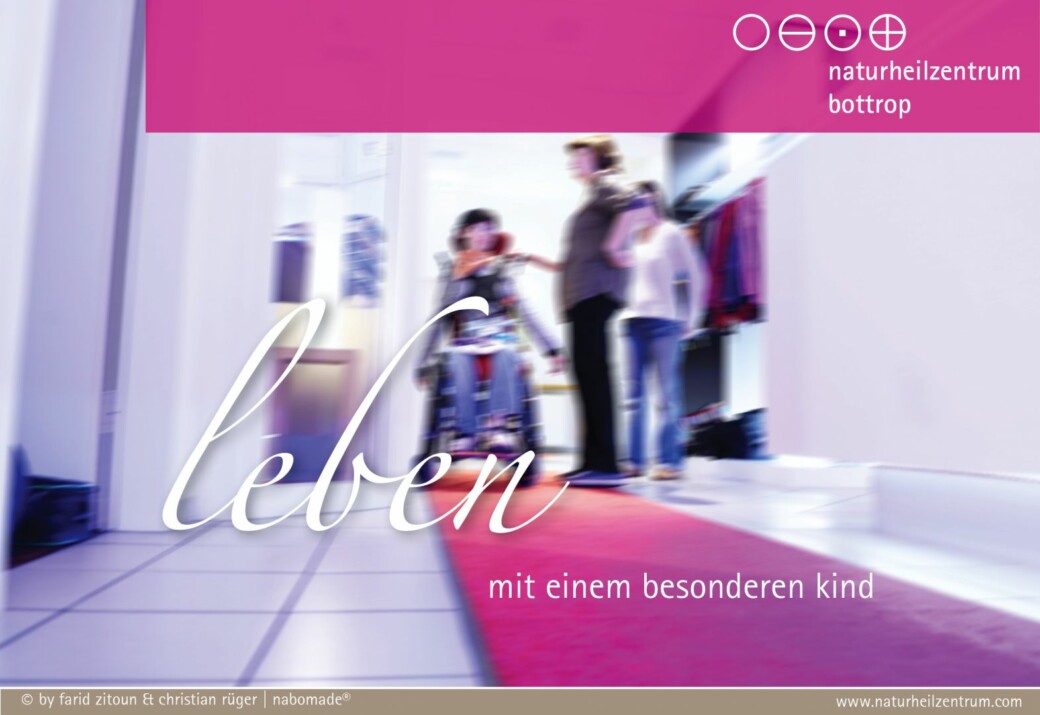
The more that prenatal diagnosis makes possible, the more intense social discussion about it becomes. What is it? A blessing or a curse? The critics are sure that the pressure on the prospective parents will steadily increase due to the investigative possibilities available to them. Both socially and mentally. The proponents suggest, more or less, that modern medicine can now “guarantee” a healthy child.
There isn’t much “good hope” – as they say in the vernacular – for pregnant women to be living in. The conflict that the expectant mother and/or the prospective parents must deal with is too great. Should I have the tests done? How do I react if the doctor suspects that my child is not developing normally? Can I have a child? Should I have one?
The answer provides another statistic: more than 90 per cent of all children with down syndrome are now aborted in Germany. Matthias Thieme writes about this in his plea “Human Children”. The journalist is himself the father of a Down syndrome child. He wrote an article under the headline of “The Special Child” in the weekend edition of the Westdeutsche Allgemeine Zeitung newspaper (October 15, 2016) about what it really feels like to live with a disabled child. How much joy it brings to see these special children grow up. People with Down syndrome are one of the “endangered groups of Human beings” in Germany, writes the Berliner, who has not only had positive experiences in his private and professional environment.
Why are we so afraid of having a disabled child? Is it the fear of being different? Of the fact that we might not be able to meet the needs of such a special child? Who wants to judge that? Women have the right to make use of medical possibilities. But also to refuse them. A right to ignorance, you might say.
What is the right way? How much prenatal diagnosis is important? How much is necessary? A difficult question, I think. And one that each individual pregnant woman needs to find her own answer to. But the discussion throws up an image of our society, which is not entirely easy to accept. You could think that “exclusion instead of inclusion” is now the motto. In many cases, it no longer seems to be a question of creating possibilities for the cohabitation of disabled and non-disabled People, but instead of removing disabilities from our society, as far as possible.
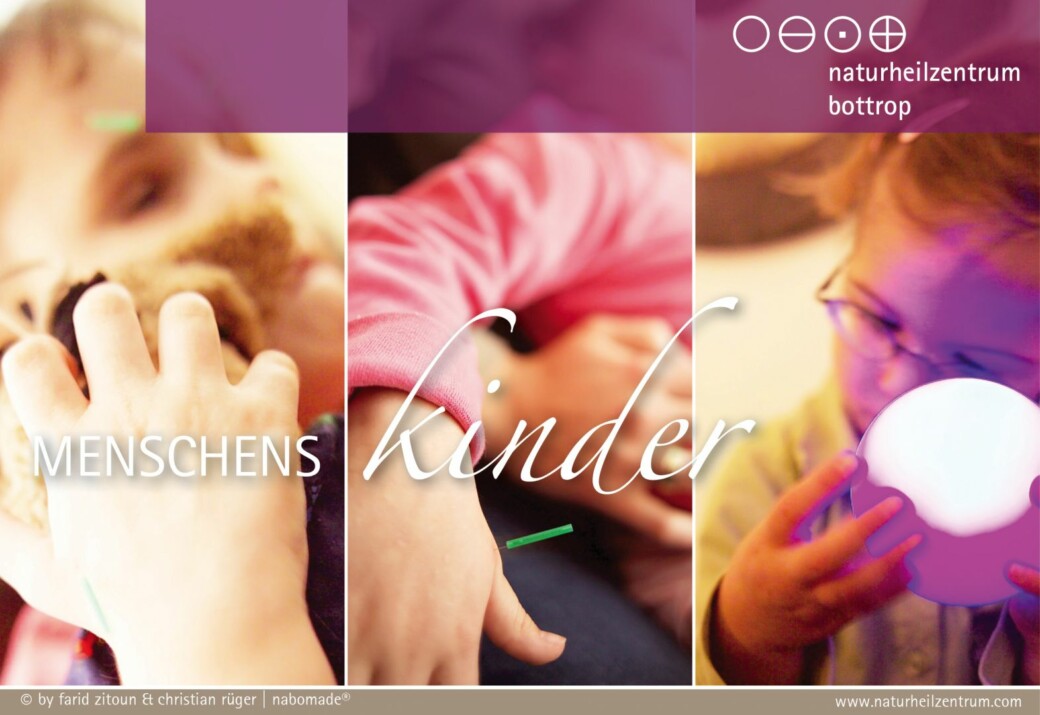
Anna has been struggling through life for years – the special child as a current focus in the nabo blog
This cannot be the right way. It takes chances from us. Chances that open up through living with a disabled child, a disabled sister, or a disabled brother.
The Naturheilzentrum Bottrop lounge is where families meet one another. And they can put these chances into words. Just like Christine Babic. Several times a year, she and her daughter Anna come up to Bottrop in the Ruhr area from Landau in der Pfalz for some therapy. The eight-year-old suffers from a very rare metabolic disorder. Krabbe disease. An as yet incurable hereditary storage disorder. The cause is a chromosomal mutation.
Medically, Anna has been beyond treatment for years. But instead of the previously-predicted, steady decline in development, which Krabbe disease causes, Anna is, e.g., still living today without a feeding tube. Her muscles are exercised on a standing frame, while her parents build a world from music, stories and poems – where Anna can feel good.
Anna is also treated with special acupuncture treatments, aromatherapy and sensory stimulus at nabo (short for ‘Naturheilzentrum Bottrop’). “It can recharge her batteries,” says her mother. It is small progress made by the eight-year-old. “We have to accept that she won’t get well,” says Christine Babic. But not with the prognoses that are actually associated with the disease. The parents were told from the statistics that a little child with Krabbe disease would not reach the age of two. Anna has already proven the medical experts wrong. And she continues to fight, together with her parents. Sometimes it is a change of perspective which can lead to a better quality of life. Especially when this is competently supplemented by alternative medicine and allopathy.
If she is doing well, she’ll show it clearly. And also if something goes against the grain for her, she’ll let it out. She is a very proud big sister and loves it when her Mom or Grandma read stories to her. It is a different life that Anna – who developed quite normally in the first 14 months – leads today. But it is her life.
For journalist, Sandra Roth, it is the laughter of her little daughter Lotta, which lets her know that it is right that this child has been allowed to live. That we have done everything to ensure that Lotta is with us today. You do not have to be able to run in order to laugh, she writes in her book.
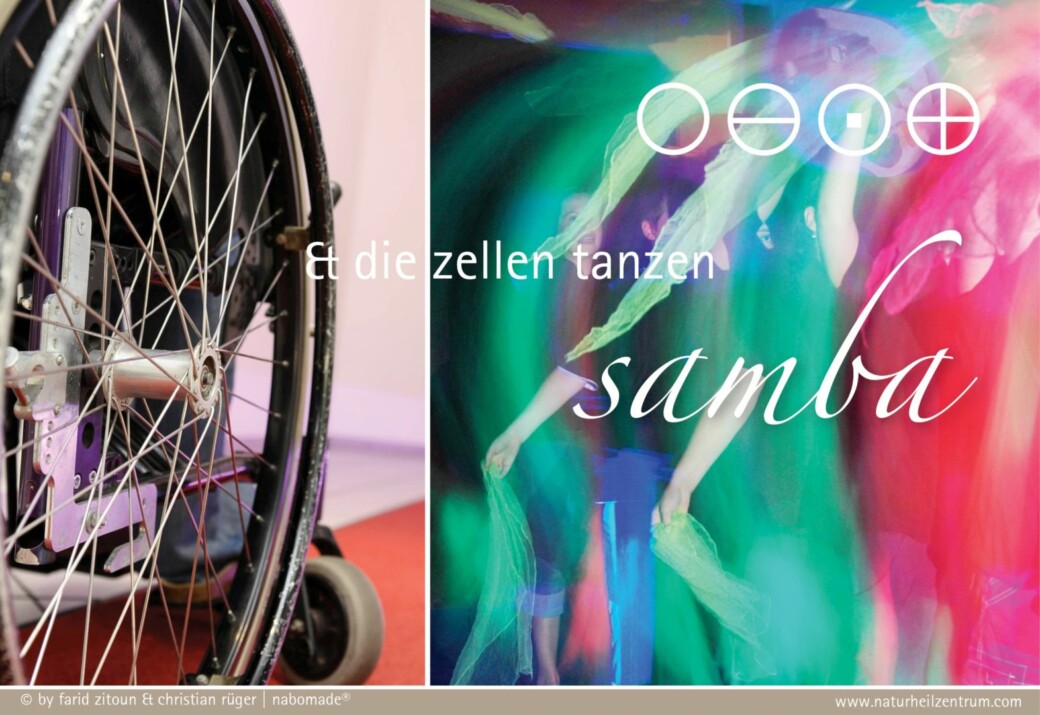
Her cells dance the samba
The happiness of his daughter is also the deciding factor for Matthias Thieme. He marvels at her curiosity, her willingness to discover things. “She has the same potential to be happy as all other children and, of course, the same right to live in this world”, writes the Berliner.
A right that Christine Babic also demands for Anna. “And for me, this also means that she does not receive a standard treatment because there is no medical cure. A therapist at Naturheilzentrum Bottrop once jokingly said to me that her cells were dancing the samba. Let them dance, no matter what the thing you’re suffering from is.”
Living with a disabled child – an opportunity. But also a task. Not only for parents, but also for all of us. Because we are the society that excludes, that looks away, that does not want to see. “Just ask. I can explain to you what’s wrong with my child,” Christine Babic is currently blogging about this subject in the nabo blog.
